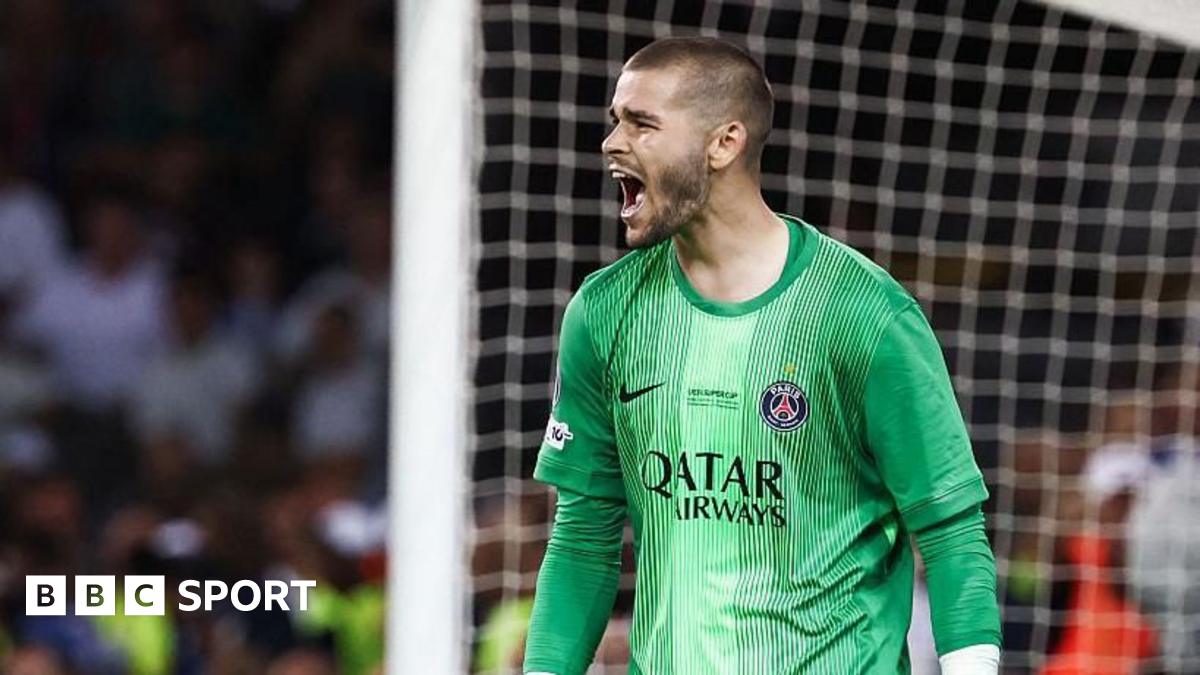Madrid, Spain, Mar 30, 2025 / 08:00 am
In a statement published by the Archdiocese of Madrid, Cardinal José Cobo defended his role as an interlocutor between the Vatican and the Spanish government in the process of resignifying the Valley of the Fallen, a massive monument dedicated to both sides of the Spanish Civil War.
The statement, issued after the recent change of the prior of the Benedictine community at the historic site, seeks to clarify the agreements reached and the scope of the planned modifications to the monument.
Released just after 10:30 p.m. local time on March 26, the Archdiocese of Madrid’s statement regretted “the leak and dissemination of some recently published information about the resignification of the Valley of the Fallen, within an open process of dialogue.”
The concept of “resignification,” in the case of historical or symbolic spaces such as the Valley of the Fallen, seeks to reinterpret or redefine their meaning in order to adapt them to new contexts, perspectives, or purposes.
The statement from the Archdiocese of Madrid specifies that “to date, the only definitive agreement has been the permanence of the Benedictine community and the non-desacralization of the basilica, as well as respect for all religious elements located outside it.”
 Cardinal José Cobo, archbishop of Madrid. Credit: Daniel Ibáñez/EWTN News
Cardinal José Cobo, archbishop of Madrid. Credit: Daniel Ibáñez/EWTN NewsHowever, the statement admits that some type of modification to the church has been agreed upon, but it has not been specified: “Regarding any alterations within the church, they will be studied respecting the liturgical criteria and the purpose for which the basilica was built, guaranteeing independent access.”
The archdiocese also emphasized that “any other aspect related to the resignification is the exclusive responsibility of the Holy See and the government, which are the parties that conducted the negotiations.”
Furthermore, the statement emphasizes that the Spanish cardinal “has participated in this process as a designated interlocutor within an ecclesiastical commission,” which has entailed “an exchange of private notes on how to articulate the resignification of the Valley of the Fallen, always ensuring respect for the religious elements and the permanence of worship in the basilica.”
Finally, the Archdiocese of Madrid emphasized that, “beyond pastoral activity,” Cobo’s role is one of “accompaniment, but without having jurisdiction over the basilica or the religious community residing there.”
The statement came just hours after El Diario published that an agreement had been reached between the Vatican and the Spanish government to achieve the intended political “resignification” of the monument.
This agreement, in whose process Cobo allegedly participated, was reportedly finalized in a meeting between Vatican Secretary of State Cardinal Pietro Parolin and Minister of the Presidency Félix Bolaños on Feb. 25 in Rome.
In response to this statement, numerous X subscribers responded with accusations of treason and other forms of accusations against Cobo.
Changes to the interior of the pontifical basilica
The recent replacement of the prior at the Benedictine community, confirmed March 25, is reportedly part of the agreement reached. In addition, it is not ruled out that both the previous prior, Santiago Cantera, and one other monk may be transferred from the community because the Spanish government disapproves of them.
According to the same information, only the altar and pews are expected to remain untouched, but changes may be made to the dome, vestibule, atrium, and nave, which are part of the Pontifical Basilica of the Holy Cross.
(Story continues below)
Subscribe to our daily newsletter
Brief history of the Valley of the Fallen
The Valley of the Fallen, inaugurated in 1959, is a monumental complex built after the Spanish Civil War (1936-1939) and is located about 30 miles from Madrid. It consists of a basilica situated underground in an excavated space in the mountain, an imposing cross, a Benedictine monastery, a school, and a monumental Stations of the Cross.
Among the monument’s founding purposes are “to pray to God for the souls of those who died in the National Crusade, to implore the blessings of the Almighty for Spain, and to work for the understanding and establishment of peace among men, based on Christian social justice.”
The complex was commissioned by Gen. Francisco Franco, Spain’s longtime head of state and leader of the winning Nationalist side in the bloody conflict with leftist Republican forces.
The controversy over the monument is colored by the fact that Franco supported the Catholic Church, which was caught in the middle and was being severely persecuted by elements of the Republicans.
Between 33,000 and 50,000 Spaniards from both sides are interred there. In 1975, King Juan Carlos decided that Franco should be buried there. José Antonio Primo de Rivera, the founder of the Spanish Falange political party, who was executed for sedition in the early months of the war, was also buried there.
Since 2007, the government led by Prime Minister José Luis Rodríguez Zapatero of the Spanish Socialist Workers Party (PSOE, by its Spanish acronym) implemented a series of measures to resignify the site, which leftist parties decry as a monument to Franco and his dictatorship.
These measures have been reinforced since 2018 when Pedro Sánchez, also of the PSOE, took office as prime minister in a coalition with communist and separatist parties and heirs of terrorist groups.
In October 2019, the government ordered Franco’s remains to be exhumed and moved to another cemetery, an event broadcast live on public television.
In 2023, the same procedure was followed with Primo de Rivera’s remains, but at the family’s request and in a discreet manner in anticipation of the government’s wishes.
This story was first published by ACI Prensa, CNA’s Spanish-language news partner. It has been translated and adapted by CNA.
 (1).png)
 4 months ago
21
4 months ago
21


















